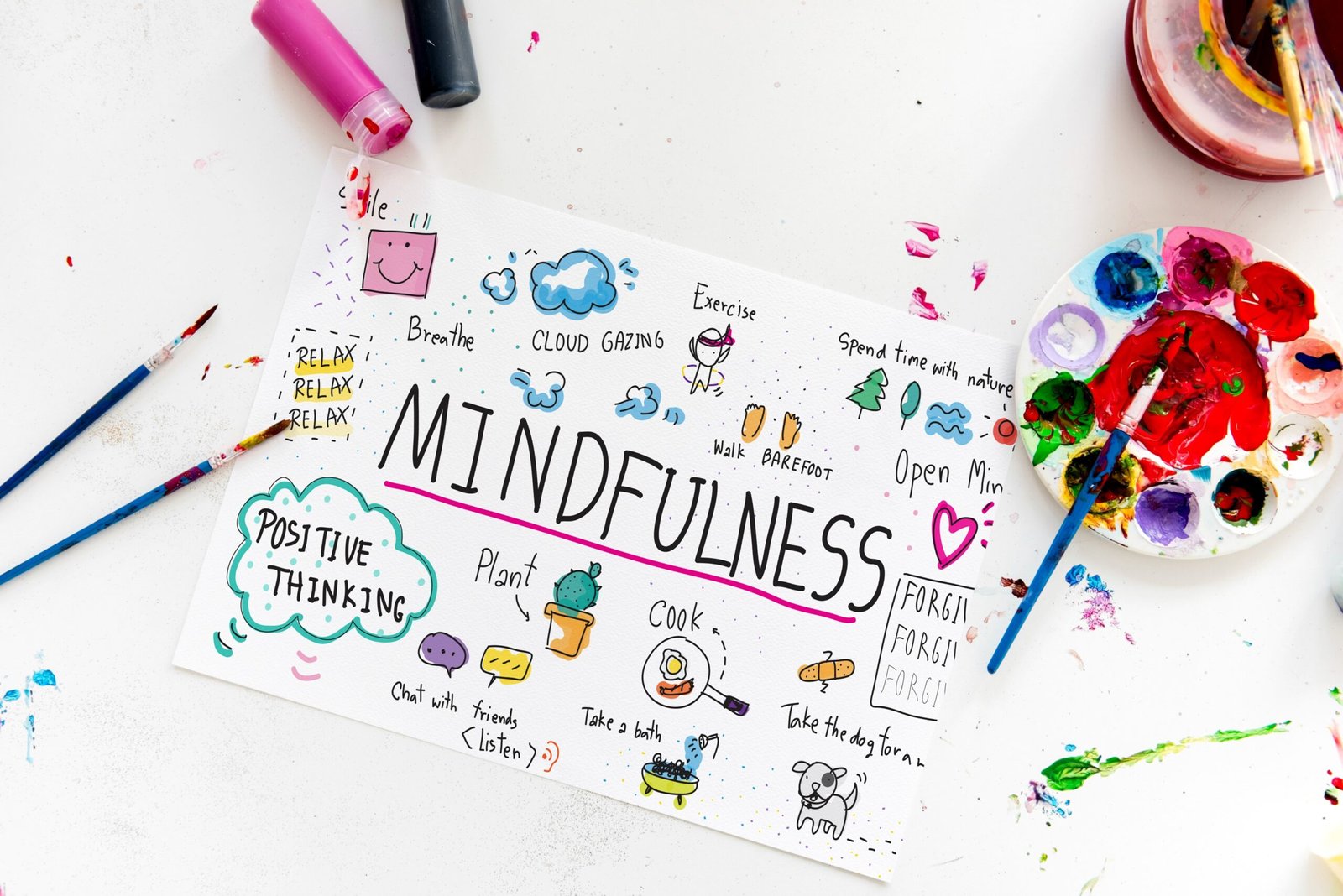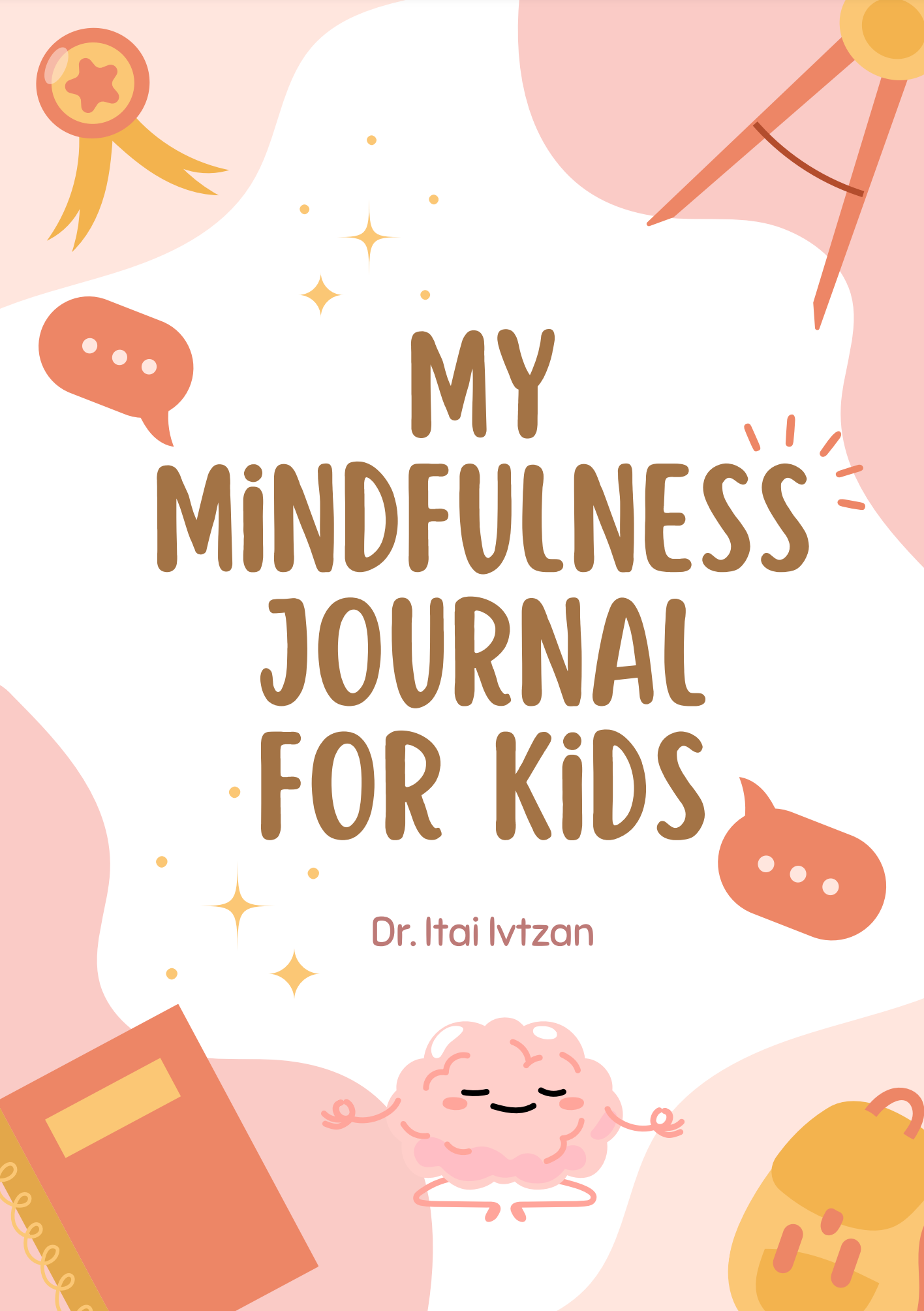Stress is one of the most common challenges faced by people today. Whether it’s the pressure of work, personal relationships, or major life transitions, stress often feels inescapable. For therapists, life coaches, and social workers, supporting clients in managing this stress is both a responsibility and a calling.
One powerful approach that’s transforming how professionals help others is mindfulness for stress relief. And by undergoing Mindfulness Teacher Training, you not only deepen your personal practice but also develop the skills to teach mindfulness techniques effectively to clients — helping them navigate life’s pressures with clarity and calm.
What Is Mindfulness and Why It Matters for Stress Relief
At its core, mindfulness means being fully present — aware of your thoughts, emotions, and sensations without judgment. It’s about noticing what’s happening right now rather than reacting automatically.
When it comes to stress relief, mindfulness helps clients:
- Recognize stress triggers before they escalate
- Pause and respond with awareness instead of impulse
- Cultivate calmness and emotional balance
- Improve focus and mental clarity
According to the American Psychological Association, mindfulness-based interventions significantly reduce stress, anxiety, and symptoms of depression while enhancing overall well-being.
By integrating mindfulness for stress relief into therapy or coaching sessions, you can empower clients to shift from a state of constant tension to one of greater balance and peace.
The Power of Mindfulness Teacher Training
So, how does Mindfulness Teacher Training enhance your ability to support clients dealing with stress?
This training provides more than theory — it gives you the practical, experiential tools to embody mindfulness and share it with confidence. Through guided meditations, reflective exercises, and scientific understanding, you’ll learn to lead sessions that genuinely transform your clients’ lives.
1. Deepens Your Personal Practice
Before you can teach mindfulness effectively, you must experience it deeply yourself. Mindfulness Teacher Training helps you:
- Cultivate consistent meditation habits
- Develop emotional awareness and compassion
- Recognize your own stress responses
- Model mindfulness for your clients
A calm and centered presence naturally inspires trust and openness in your sessions.
2. Provides Evidence-Based Stress-Reduction Techniques
A strong training program introduces you to methods backed by research in neuroscience and positive psychology. Some common practices include:
- Breath awareness meditation: Helps regulate the nervous system and promote relaxation.
- Body scan technique: Encourages awareness of physical sensations to reduce tension.
- Loving-kindness meditation: Builds emotional resilience and compassion.
- Mindful walking or movement: Grounds the body and reduces anxiety.
Each technique offers practical applications for stress management that can be tailored to a client’s lifestyle or emotional needs.
Integrating Mindfulness into Professional Practice
Whether you’re a therapist, life coach, or social worker, integrating mindfulness principles into your practice can make a profound difference.
Here’s how you can begin incorporating mindfulness for stress relief effectively:
For Therapists: Mindfulness-Based Stress Management
Therapists can combine mindfulness techniques with traditional therapeutic models such as CBT (Cognitive Behavioral Therapy) or ACT (Acceptance and Commitment Therapy).
Example integration:
- Encourage clients to journal mindful observations about their emotions.
- Use breath awareness to help clients manage panic or anxiety episodes.
- Incorporate short mindfulness meditations at the start or end of sessions.
For Life Coaches: Enhancing Focus and Clarity
Life coaches can use mindfulness to help clients become more self-aware, intentional, and focused on their goals.
Example practices:
- Guide clients through a mindfulness exercise before setting goals.
- Encourage mindful reflection between coaching sessions.
- Use mindfulness as a tool for emotional intelligence development.
For Social Workers: Supporting Resilience
Social workers often serve clients in high-stress environments. Mindfulness techniques provide emotional grounding and resilience — both for the worker and the client.
Example applications:
- Introduce breathing exercises during crisis interventions.
- Model mindful communication in group settings.
- Encourage clients to adopt mindful daily routines for stress management.
Checklist: Signs Your Client May Benefit from Mindfulness for Stress Relief
| Client Signs | Mindfulness-Based Approach |
|---|---|
| Overthinking or racing thoughts | Guided breath awareness |
| Constant tension or fatigue | Body scan meditation |
| Emotional overwhelm | Loving-kindness or compassion practice |
| Difficulty focusing | Mindful listening or journaling |
| Reactivity in relationships | Non-judgmental awareness exercises |
Recognizing these signs early allows you to introduce the right mindfulness practice that aligns with your client’s unique needs.
Why Mindfulness Works for Stress Reduction
Mindfulness changes how the brain responds to stress. Studies show it reduces activity in the amygdala (the brain’s “fear center”) and strengthens the prefrontal cortex, which helps regulate emotional responses.
In simple terms, mindfulness helps clients shift from “react” mode to “respond” mode. Instead of being caught up in stress, they can notice it, breathe through it, and return to calm awareness.
Other proven benefits include:
- Lower cortisol levels (stress hormone)
- Improved sleep quality
- Enhanced emotional regulation
- Better concentration and decision-making
Incorporating mindfulness techniques into client sessions promotes not just short-term relief but long-term resilience.
(For additional practical guidance on everyday stress management, read this Harvard Health guide on top ways to reduce daily stress)
Developing Empathy and Compassion Through Training
A less talked-about but equally important benefit of Mindfulness Teacher Training is its impact on empathy. When you practice mindfulness, you learn to listen deeply — not just to your own inner experience, but to others’.
This awareness enhances your ability to:
- Be fully present with clients
- Understand their emotional states without judgment
- Create a safe, compassionate space for healing
Clients often report feeling more “seen” and “heard” when working with mindful practitioners. This deep human connection is at the heart of true stress relief.
How Online Mindfulness Teacher Training Makes Learning Accessible
Many professionals today prefer online Mindfulness Teacher Training because it offers flexibility without compromising depth.
Benefits of Online Training:
- Learn at your own pace: Study while maintaining your client work.
- Access to expert instructors: Learn from global mindfulness teachers.
- Lifetime access to resources: Revisit guided meditations and lesson recordings anytime.
- Community support: Connect with like-minded professionals worldwide.
For example, the Meditation and Mindfulness Teacher Training program by the School of Positive Transformation is a globally recognized course that blends scientific research with real-world practice — perfect for those aiming to help others through mindfulness.
Practical Ways to Teach Mindfulness for Stress Relief
Once certified, you can integrate mindfulness into your professional toolkit in various ways:
- Offer group mindfulness workshops for stress management
- Incorporate guided meditation scripts during sessions (find resources here)
- Create online mindfulness programs for clients who prefer self-paced learning
- Use mindful journaling as a reflective tool between sessions
- Introduce mindful breathing techniques for instant calm during stressful moments
Consistency is key. Encourage clients to practice mindfulness daily — even 5 to 10 minutes can make a meaningful difference.
Mindfulness Techniques That Work Best for Stress Relief
Here are several core practices proven to reduce stress effectively:
1. Mindful Breathing
Focus on the natural rhythm of breathing — noticing the rise and fall of the chest. This simple yet powerful exercise calms the nervous system instantly.
2. Body Scan Meditation
Guide clients to observe each body part with curiosity and care. This promotes relaxation and awareness of physical sensations.
3. Loving-Kindness Meditation
Encourages compassion towards oneself and others, transforming emotional pain into empathy and peace.
4. Mindful Movement
Gentle stretching or walking meditation helps release stored tension and reconnects the body with the mind.
5. Gratitude Reflection
Invite clients to note three things they’re grateful for each day. Gratitude shifts attention away from stress and fosters positivity.
(Explore the Positive Mindfulness Program for a structured approach to developing gratitude and positivity.)
Common Challenges When Teaching Mindfulness for Stress Relief
Even with training, professionals sometimes face challenges in teaching mindfulness. Common issues include:
- Clients expecting immediate results
- Difficulty maintaining client engagement
- Misunderstanding mindfulness as “clearing the mind”
Tips to overcome these:
- Set realistic expectations — mindfulness is a practice, not a quick fix.
- Encourage consistency through short, daily practices.
- Use relatable examples to show mindfulness in everyday life.
Over time, clients begin to experience genuine transformation — less reactivity, greater calm, and improved self-awareness.
The Ripple Effect of Mindfulness in Client Work
When you teach mindfulness, the benefits extend far beyond stress reduction. Clients often report:
- Better relationships
- Enhanced focus and productivity
- Stronger self-confidence
- Greater overall life satisfaction
And as you embody mindfulness in your professional role, your sessions become calmer, more compassionate, and more effective — a true ripple effect of peace.
Conclusion: Transform Your Ability to Support Clients Through Mindfulness
Mindfulness isn’t just a tool — it’s a way of being that transforms both you and your clients. By completing Mindfulness Teacher Training, you gain the skills to deliver evidence-based mindfulness for stress relief programs that make a real difference in people’s lives.
If you’re ready to deepen your practice and help others overcome stress with calm and confidence, explore the School of Positive Transformation.
👉 Contact us today to learn more about our training programs and discover how you can empower others through the power of mindfulness.





